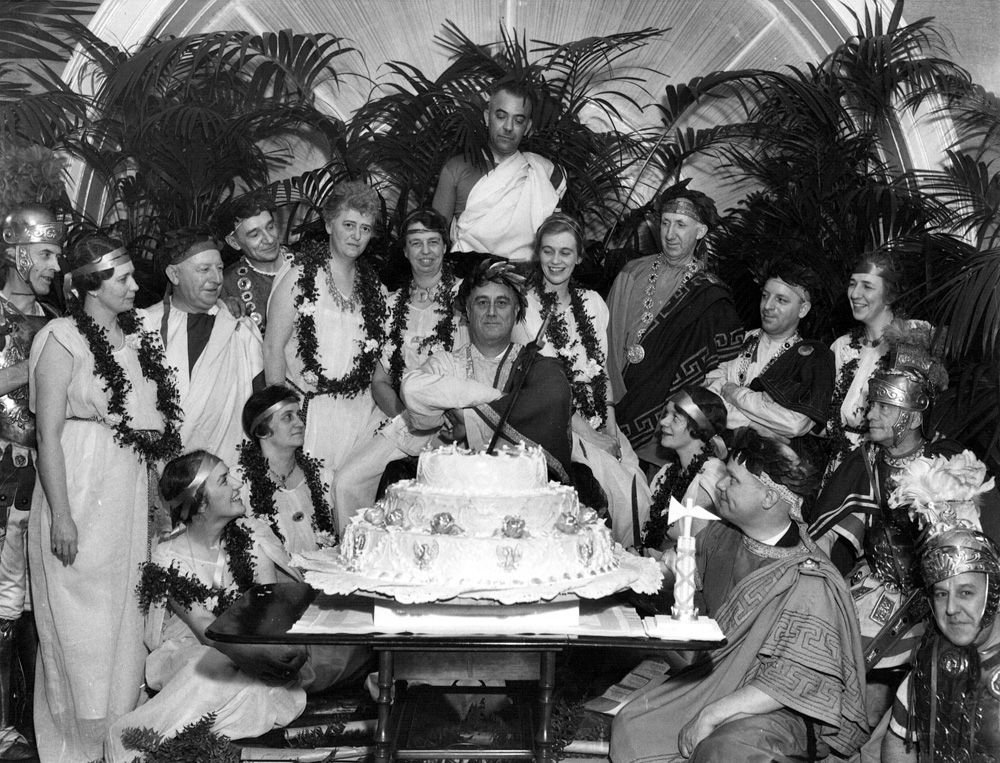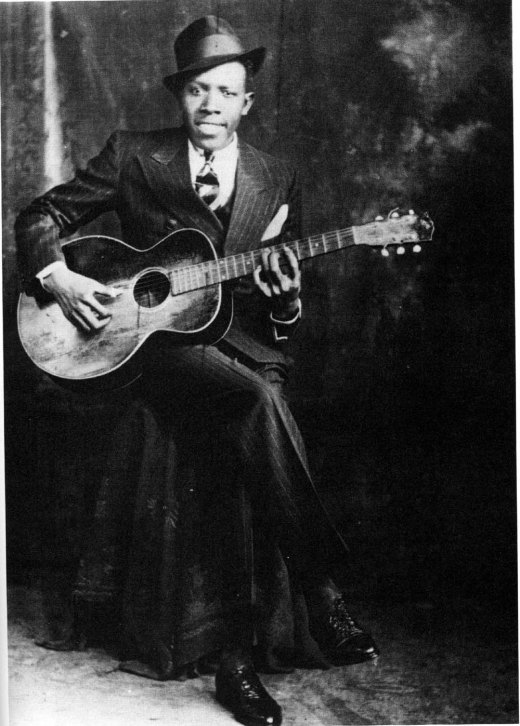In education we miss out on most information technological innovation. Textbooks were notoriously dull when books were the chief medium found in schools. Schools took 60 years to make progress in showing film. Television, which started out commercially as a great education tool — what was arguably the best orchestra in the U.S. used to play every Sunday on NBC way back when. Then video, then computers, then the internet and personal data devices penetrated modern life, but not yet schools.
So I am always pleased to hear after Christmas break the questions high school economics and history students came back to class with, especially after “having to watch” that hoary and venerable old movie, “It’s a Wonderful Life.” Frank Capra’s film cuts through the fog on some important history and economics issues.
Not that you find it used much in U.S. schools. What follows is a blog post I did for my U.S. history blog some years back, to answer some of those student questions.

George Bailey (played by actor Jimmy Stewart) works to deal with a run on the Bailey Savings & Loan Association in Bedford Falls, New York — a classic “run on the bank” — in the 1946 movie, “It’s a Wonderful Life,” by Frank Capra. Image from Warner Bros., via Our Values blog.
“What’s a bank run?”
Whenever we get to the Great Depression, somebody asks about bank runs. What is a “run on the bank?” Why would people suddenly rush to get their cash out of the bank? And why can’t the bank just pay it out?
Frank Capra showed and explained it best, probably, in his 1946 film, “It’s a Wonderful Life.” But first, my weak attempt:
Banks don’t keep all the money deposited there in the vault. Banks make money by loaning out to others the money put on deposit. The people who get the loans must pay interest on the loan, and that allows the bank to pay interest on the deposits people put there (precious little today — my first account paid 5.25% on my first $5.00 deposit; today you’re lucky to get 1%, and you have to have a sizable minimum, generally. But I digress . . .).
So, if you and a hundred other people each deposit $100 in the bank, the bank turns around and loans out as much as they can. Of the $10,000 deposited, say, they loan out $9,000 to the guy who lives next door to you, so he can put an addition on his house. He’ll pay it back, with interest.
But, that loan means that there is only $1,000 left in the vault. Generally a 10% “reserve” will cover all the cash transactions a bank makes in a day. That is, if they have 10% of their total assets sitting in the vault, making no new money for them, it is highly unlikely that in a normal day there will be a demand for more than about $1,000 of that $10,000 on deposit. (The actual reserve amounts vary; last time I looked, several months ago, the Federal Reserve Board required member banks to hold about 7% of their total assets in cash on hand.)
You can begin to see why a bank run is a problem. If, in one day, every depositor showed up and demanded their deposit, the bank couldn’t pay them all. This is a death sentence in the banking world, for a bank to be unable to meet obligations, and generally that would mean that the bank would be out of business. But of course, that’s rather unfair to the bank — they have their money (your money, really) loaned out to dozens of other people. When those loans come in, the bank will have the cash to pay.
A run on the bank puts a kink in those careful, conservative calculations of how much cash a bank needs to have on hand to cover all the transactions of a day.
Banks fear a run. That’s what killed banks in 1932 and 1933, in the last year of the Hoover administration. Even a good bank could be doomed by an unjustified run — no bank could repay all of its depositors, in cash, on any one day.
Roosevelt’s bank holiday, just a week after his inauguration, stopped the runs for that week. The Federal Deposit Insurance Corporation (FDIC) insured deposits, so that even were there a run on a bank, a depositor could get his or her money back. Those measures essentially stopped runs on banks for decades.
Frank Capra’s 1946 movie, “It’s a Wonderful Life,” tells the story of a man who manages a small town savings and loan association, which is similar to a bank in that it accepts deposits and loans money, but different from a bank in that it is chartered for the benefit of its depositors, or members, and not for a bank corporation. In fact, the antagonist in the film is the town banker, Potter, who does what he can to bring the savings and loan to ruin.
In one memorable scene, a rumor that the savings and loan is about to fail prompts dozens of the members to make a run — indeed, there is also a run on the bank at the same time. Jimmy Stewart explains to the members why he can’t pay everybody . . . but he also has an infusion of $2,000 cash he plans to cash for his honeymoon. This is what a bank run looks like, with a smart banker (savings and loan manager in this case) who can keep his organization going:
https://vimeo.com/37034368
This film clip is undoubtedly copyrighted by the current owners of the film’s intellectual property. I wish they would make it available for classroom use without heavy copyright fees, in the interest of the public.
It’s another case of a fictional film portraying history better than any history book, and economics, too. Licensing the film for classroom use costs more than teachers can pay — plus, in the dog-eat-teachers world of the War on Education, few administrators stand the use of fiction in history and economics classes. That’s before a teacher even gets to the issue of whether there is technical support to show the film.
Save
Spread the word; friends don't allow friends to repeat history.




 Posted by Ed Darrell
Posted by Ed Darrell 


























